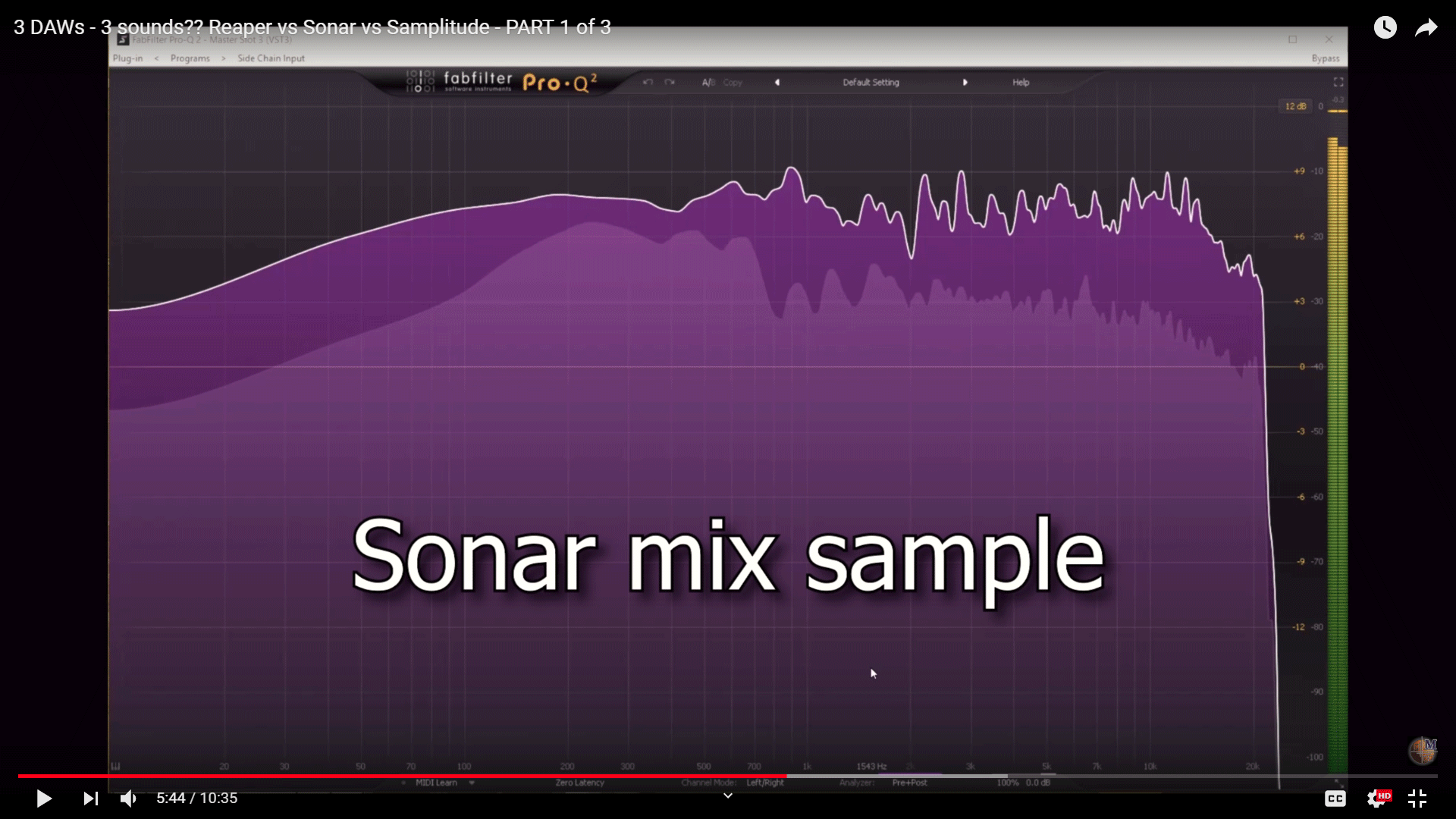Splat Chat O'samplemashy
Rather than citing the results as a cause to invalidate the test, the results might just as well be offered as evidence of a quantifiable difference at the outputs.
1+1 = 2... At this point you can think I must be joking

But think what DAWs are doing when mixing several tracks into one output? They just summing all values from different tracks, sample by sample. When you move the fader, corresponding values are multiplied. When you pan, corresponding values are multiplied according to some "pan law".
And now someone comes and say that one program can sum and multiply numbers better then other. Sorry, but who is really joking then?
DAWs can differ in the sample rate conversion algorithms and multiplication factors for particular fader/pan values you see in the interface. But that difference should be discussed as such, f.e. "DAW X convert from 44.1 to 96kHz different way then DAW Y". And there are several such discussions (easy to find), note that there is no "absolute right" way to do this, there are pro and contra for any approach.

Here is a question: Why do the Samplitude examples show that the signal has significant amplitude beyond 22kHz while the other two examples seem to lo pass the signal below 22.5kHz?
And so you have spotted yet another problem yourself (probably number (IV) in my previous post).
What means you see frequencies over Nyquist frequency in this plug-in? That means the plug-in is working at higher frequency.
What means the values in that region are significant? There are several possibilities:
1) the source waveform signal is not 44.1, so the tester is "cheating"... or
2) Samplitude call Fabfilter in upsampling mode and:
2.1) something in the chain has produced higher frequencies, on purpose or just buggy
2.2) Samplitude up-sampling approach produce higher frequencies and since they can not be in the original signal, that approach is buggy...